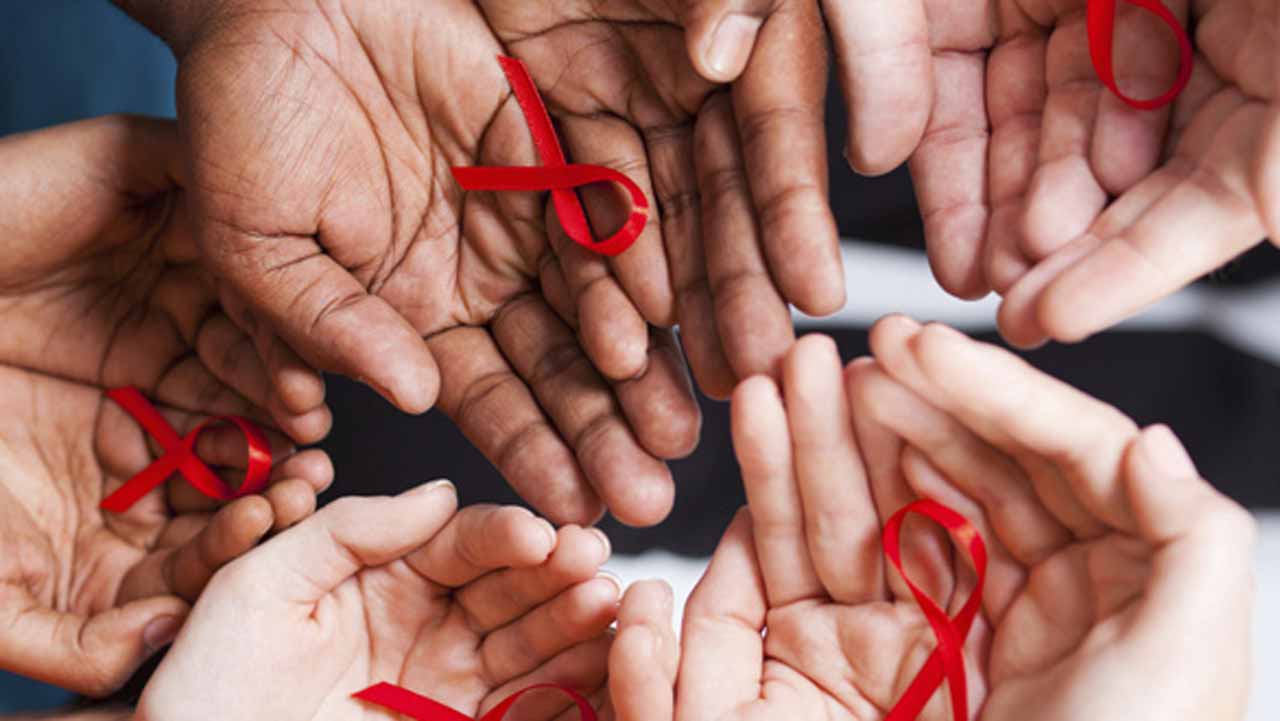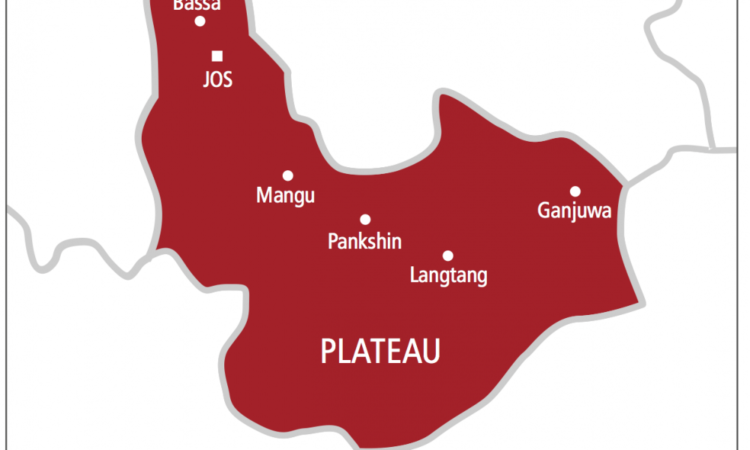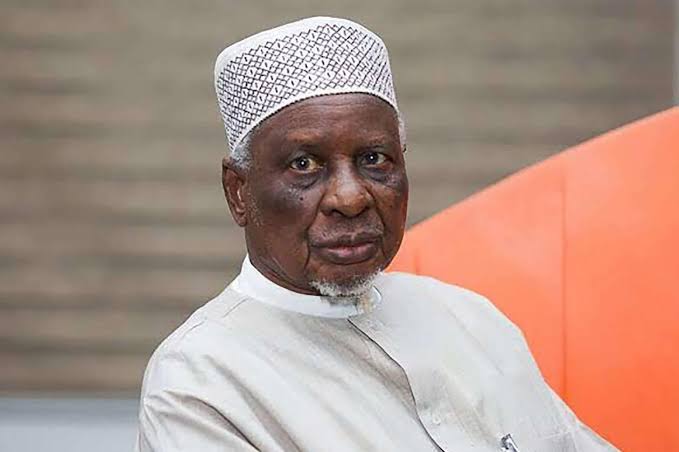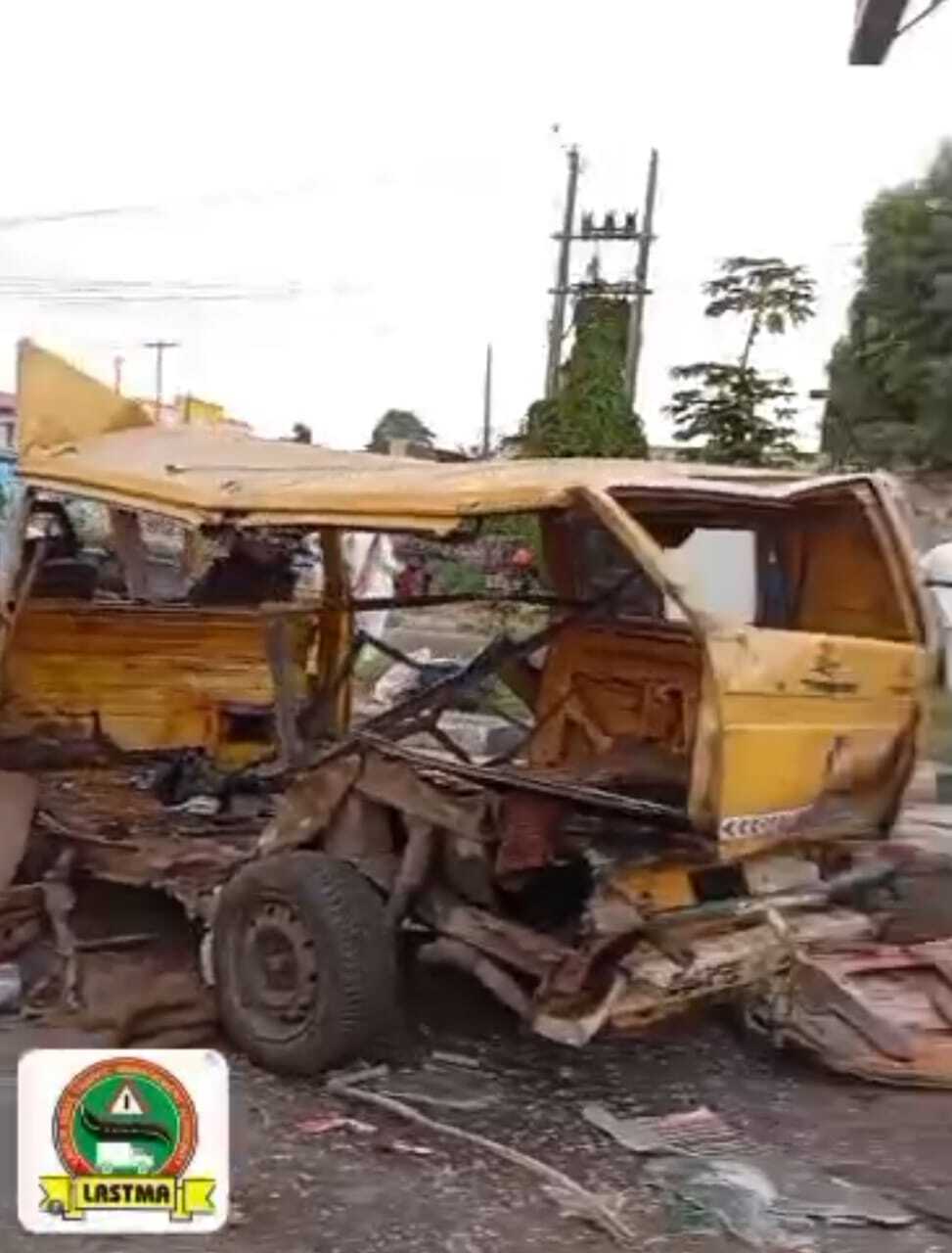 Growing public debt is choking sub-Saharan African countries, leaving them with little fiscal room to finance health and critical Humam Immuno-deficirncy Virus (HIV)/Acquired Immune Deficiency Syndrome (AIDS) services.
Growing public debt is choking sub-Saharan African countries, leaving them with little fiscal room to finance health and critical Humam Immuno-deficirncy Virus (HIV)/Acquired Immune Deficiency Syndrome (AIDS) services.
A new report by Joint United Nations Programme on AIDS (UNAIDS), Domestic revenues, debt relief and development aid: Transformative pathways for ending AIDS by 2030 Eastern and Southern Africa/ Western and Central Africa, shows that the debt crisis is putting in jeopardy progress made towards ending AIDS.
The report, released ahead of the 79th session of the United Nations General Assembly in New York, shows that the combination of growing public debt payments and spending cuts set out in International Monetary Fund agreements in the next three to five years will, if unaddressed, leave countries dangerously under resourced to fund their HIV responses.
“When countries cannot effectively look after the health care needs of their people because of debt payments, global health security is put at risk,” said UNAIDS Executive Director, Winnie Byanyima.
According to the report, debt servicing now exceeds 50 per cent of government revenues in Angola, Kenya, Malawi, Rwanda, Uganda, and Zambia. Even after debt relief measures, Zambia will still be paying two-thirds of its budget on debt servicing between 2024 and 2026.
“There has been a noted decline in HIV response spending since 2017 in Western and Central Africa, from 0.3 per cent of Gross Domestic Product (GDP) in 2017 to just 0.12 per cent in 2022.”
“Western and Central Africa will need to mobilise US$ 4.18 billion to fully fund the HIV response in 2024. This will climb to US$ 7.9 billion by 2030 unless efforts are scaled up today to stop new HIV infections.
“While US$ 20.8 billion was available for the HIV response in 2022 in low and middle-income countries through both domestic and international sources, this funding was not enough to sufficiently finance the HIV response. Western and Central Africa for example had a funding shortfall of 32 per cent in 2022.” The report notes.
In 2024 alone, Eastern and Southern Africa will need to mobilise almost US$12 billion to fully fund the HIV response. This amount will climb to around US$ 17 billion by 2030 unless new HIV infections are reduced.
To enable increased domestic resource mobilisation for countries to respond effectively to their pandemics, according to the reports, sub-Saharan African countries will need to strengthen their tax systems, including closing tax exemptions which currently cost countries an average of 2.6 per cent of GDP in lost revenue across the region. Donors need also to scale up financial assistance for health and the HIV response between now and 2030, while creditors should offer debt relief to heavily indebted countries to ease the burden.
“World leaders cannot let a resource crunch derail global progress to end AIDS as a public health threat by 2030,” said Ms Byanyima.






